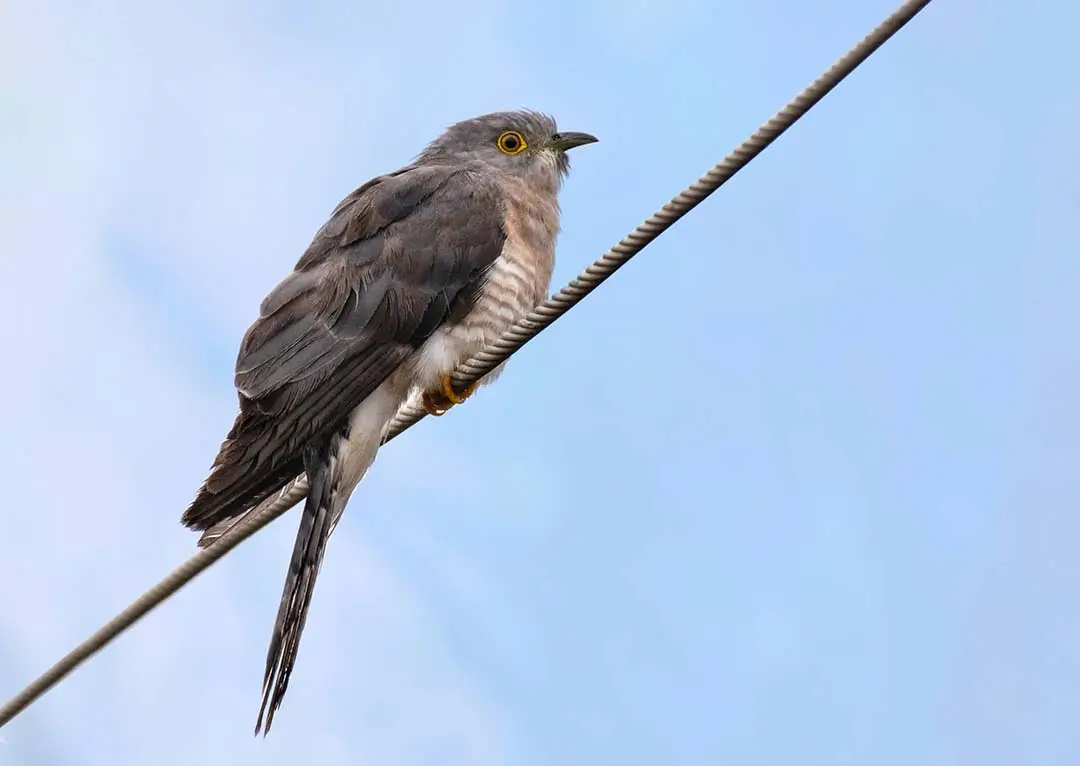
BIRDING IN
Matobo National Park

BIRDING IN
Matobo National Park

BIRDING IN
Matobo National Park

BIRDING IN
Matobo National Park
The Matobo National Park forms the core of the Matobo or Matopos Hills, an area of granite kopjes and wooded valleys commencing some 35 kilometres (22 mi) south of Bulawayo, southern Zimbabwe. The granite rocks, inselbergslocally called 'dwala' or 'whaleback' and castle kopjes, with their intervening flat grassy plains and vleis, of the Matobo Hills also known locally as the Matopos lie 25 km south of Bulawayo. They stretch for 90 km from beyond Mangwe Pass in the west to Umzingwane Dam in the east, and for 30 km from Fort Usher in the north almost to the Mtshabezi Mission in the south. The catchment areas of 10 rivers are found in the hills, from the Mangwe and Simukwe in the west to the Chabezi and Lumani in the east.
These rivers all flow north - south, and have created the spectacular Lumani falls as well as, in some stretches, gorges. Due to the run-off from the rocks in the rainy season, some grasslands become marshy vleis and 'sponges', late into the dry season. The granitic sandy soils support three main vegetation-types: kopje woodlands (and other vegetation), flat woodlands, and grasslands. Water run-off from the dwalas results in forests and thickets at their bases, producing a wonderful diversity of flora. Cohabiting with the usual Afzelia, Commiphora, Kirkia and Pterocarpus are woody species of Zimbabwe's eastern forests.
The flat woodlands are open, consisting of sandveld woodland of Terminalia, Burkea, Pterocarpus and Acacia, with scattered smaller areas of mopane woodland and Brachystegia woodland. The grassland is composed of more than 100 plant species; sedges, reeds Phragmites and Pennisetum are dominant in wetter areas. Approximately half of the area is bare granite. The remainder is classified as suitable for grazing and cultivation. The National Park (424 km²) itself supports a thriving non-consumptive tourism, and allows neighbouring villagers to collect thatching grass. Cattle are grazed illegally in the park.
The Umzingwane Rural District Council on the east is trying to set up tourism initiatives. Most of the Matobo Hills fall within Communal Lands and a minority into commercial farmland. The beautiful hills are steeped in the country's history, and hold the highest density of San Bushman rock paintings in Africa. Historic sites and caves connected with the San, Rozwi, Kalanga, Matabele and Europeans abound in the hills, and many are National Monuments.
Matobo National Park contains the highest concentration of black eagles, and breeding pairs of these birds, worldwide.The national park and its immediate surrounds are world-famous among ornithologists for the raptor assemblage that uses them—59 species have been recorded so far including owls, of which 32 are known to breed, with a 1978 estimate of 76 pairs per 100 km². The combined richness of species and density of individuals is possibly the highest in the world, and includes 75 pairs of Aquila verreauxii.
Many of the raptors nest on rock-faces, as do c.20 pairs of Ciconianigra. The hills support a considerable population of Pinarornisplumosus, and a few other characteristic species of the Zambezian biome such as Cossyphahumeralis and Nectariniamanoensis. In 1975 Buphagusafricanus was successfully introduced to the park, and now B. erythrorhynchus is naturally expanding its range there.
Our Experts are ready to provide answers
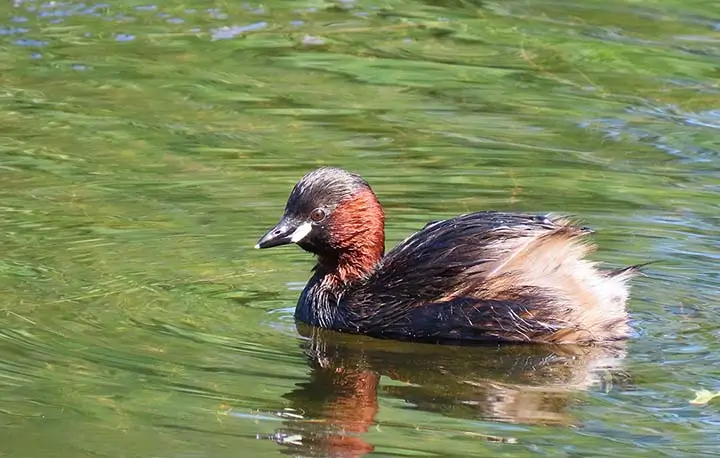
Common birds to look out for while catching your breath are several miombo specials, namely the Miombo Rock Thrush, Miombo Grey and Rufousbellied tits, Miombo Double-collared Sunbird, and MashonaHyliota.
Read More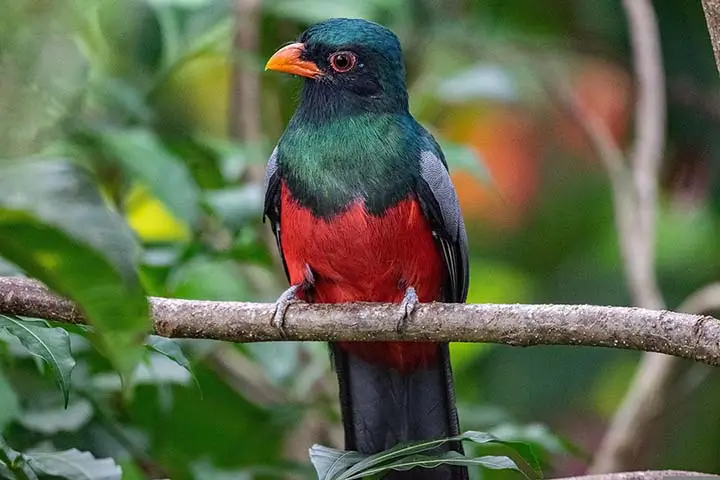
Chizarira provides a wide variety of habitats for birds, with nearly 400 species having been recorded.
Read More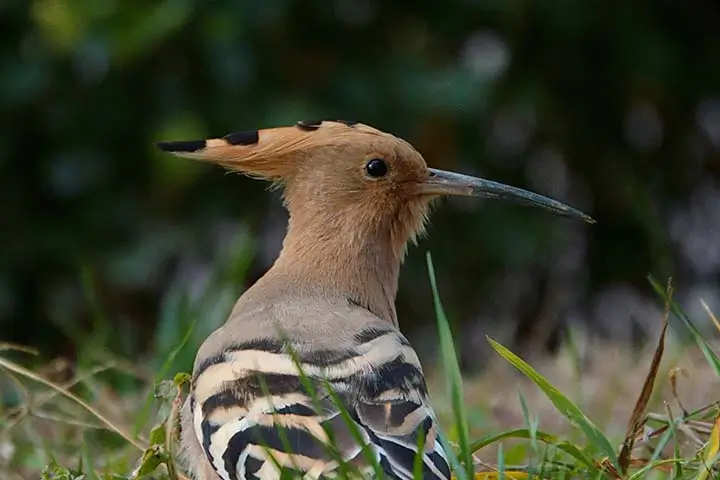
owering red cliffs and massive baobab trees create a dramatic backdrop to Big 5 game viewing as well as bird watching that ranks among the best in the region.
Read More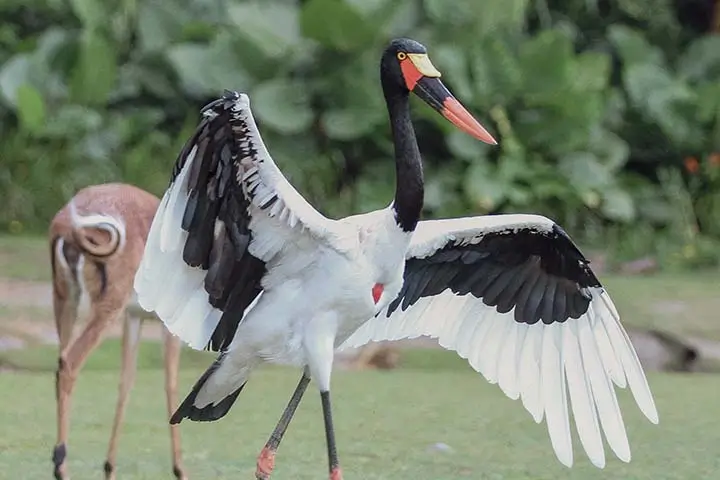
Generally, Hwange is considered to be of conservation importance for 24 species, including Ciconiaepiscopus, Oxyuramaccoa, Gallinula angulata and Chlidonias hybridus.
Read More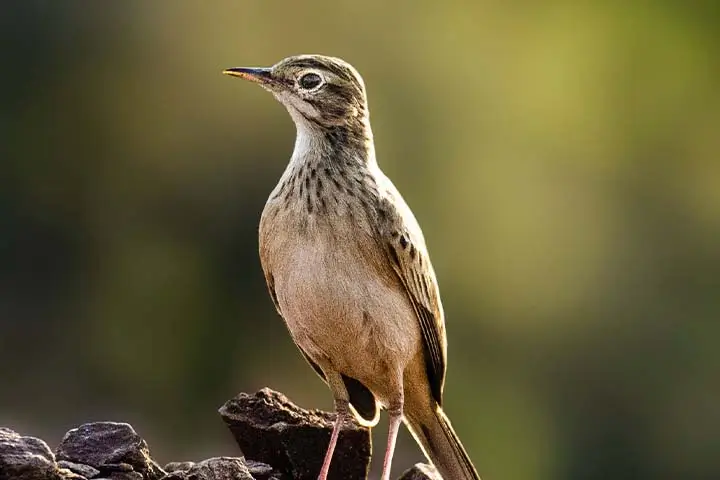
he pan systems are also ideal habitat to a large variety of water birds, with a number of species including storks, crowned cranes, stilts, cormorants, ducks and kingfishers occurring throughout the area.
Read More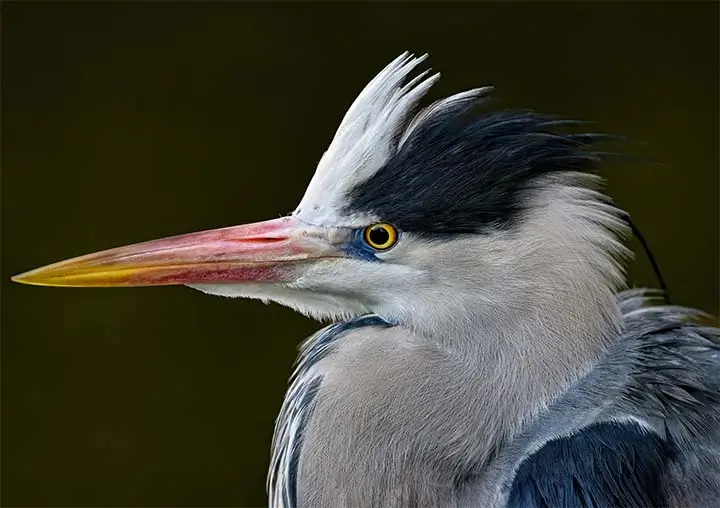
The remnant pools of the mighty Zambezi River attract many mammals and bird species.
Read More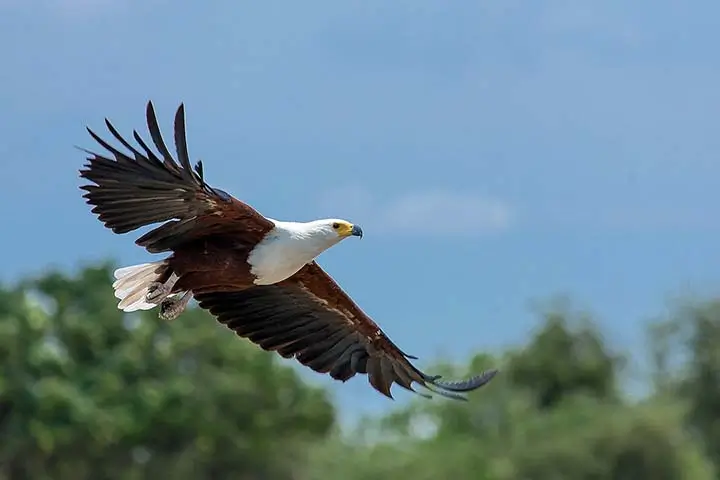
Giant African fishing eagles sit on trees. Smaller but colorful kingfishers and bee-eaters divebomb for fish and insects and when you add all the egrets and cranes and storks it's a total birder's paradise.
Read More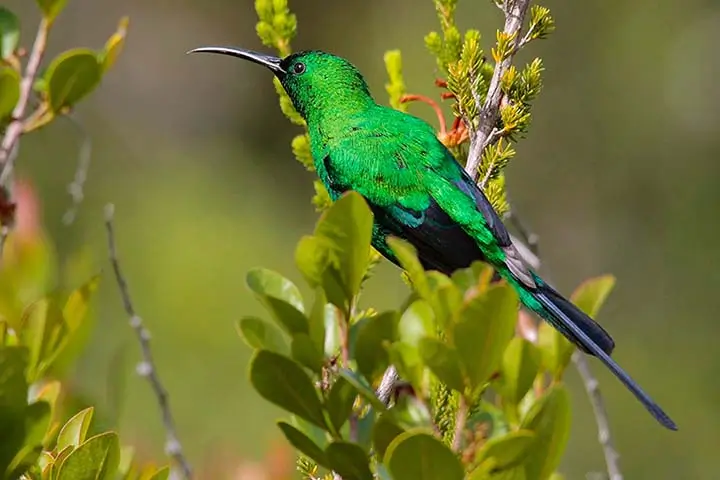
The Nyanga Mountains form the northernmost extent of the Eastern Highlands in Zimbabwe. They lie about 70 km north-east of Mutare in two rural Districts, Nyanga and Mutasa.
Read More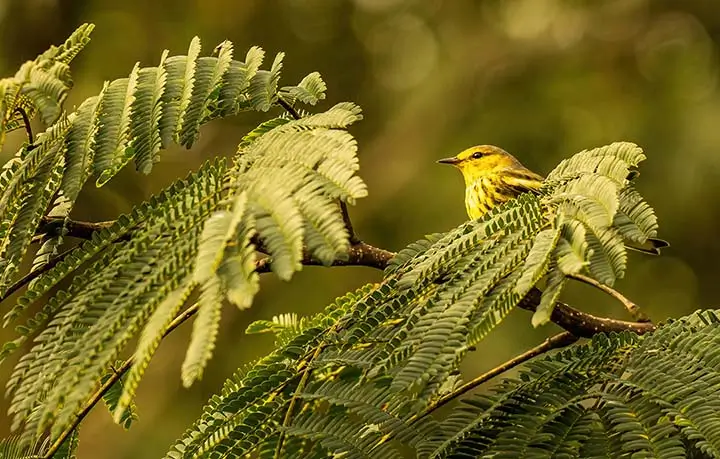
Lake Chivero hosts many waterbirds, and 100 species are on the checklist. At times, thousands occur. In the austral winter, many ducks loaf on the dam during their flightless moult.
Read More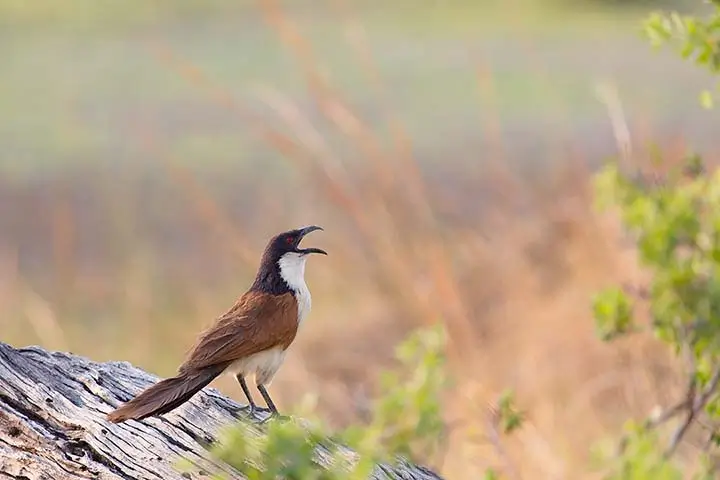
There are bird specials here that are far easier to find than anywhere else in the country. You'll probably be able to tick off lifers like grey-headed parrot, African broadbill, short-clawed lark, Shelley's francolin and crested guineafowl. Others, like Arnott's chat and the Senegal coucal, are central African birds at the southern edge of their range here.
Read More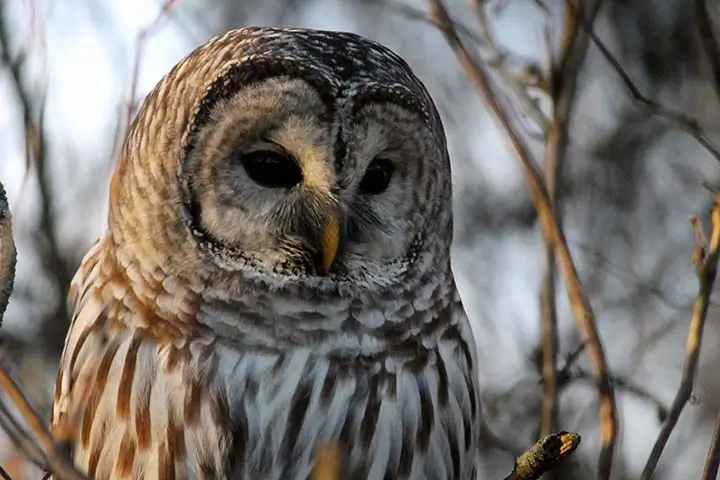
Just 15 kilometres from Mutare, the capital of Manicaland province, rise the rounded granite domes of the Bvumba, the Eastern Highlands' most popular birding destination.
Read More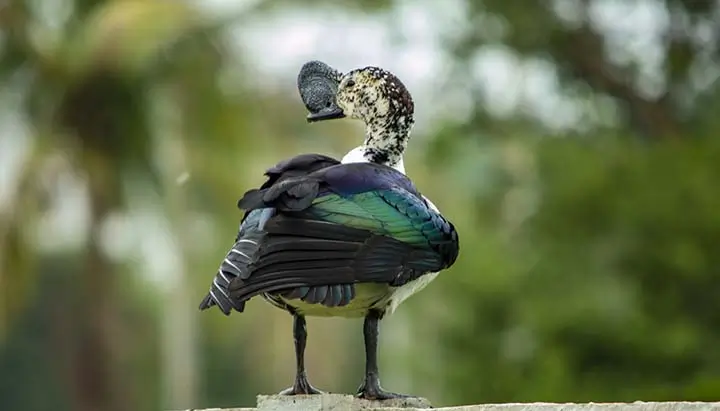
Birding is a highlight of a trip to Victoria Falls: 470 species of birds have been recorded in both these parks and in the Victoria Falls area, including Pel's fishing owl, African skimmers.
Read More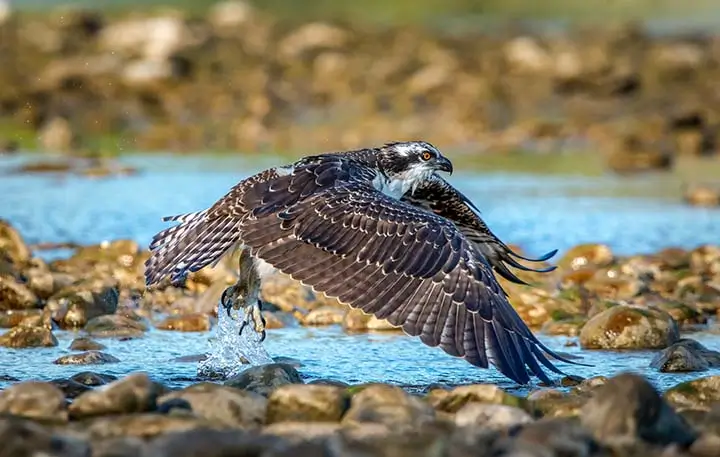
Over 400 species of birds have been recorded within the Zambezi National Park. Pel's fishing owl, African skimmer, collared palm thrush; lanner falcon, goliath heron, African finfoot, rock pratincole and long-toed lapwing are considered to be among the speciality birds of the park.
Read More